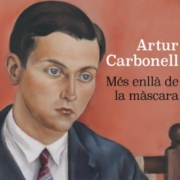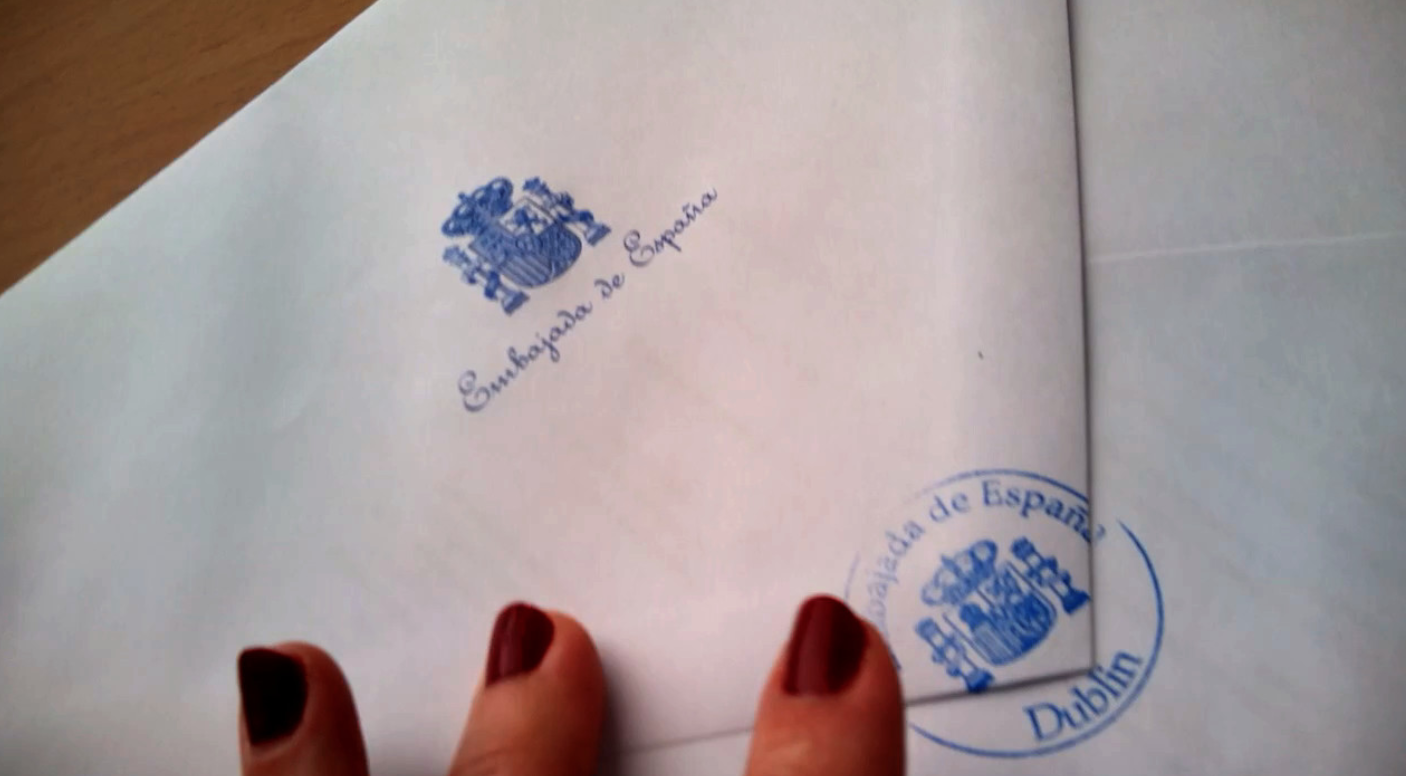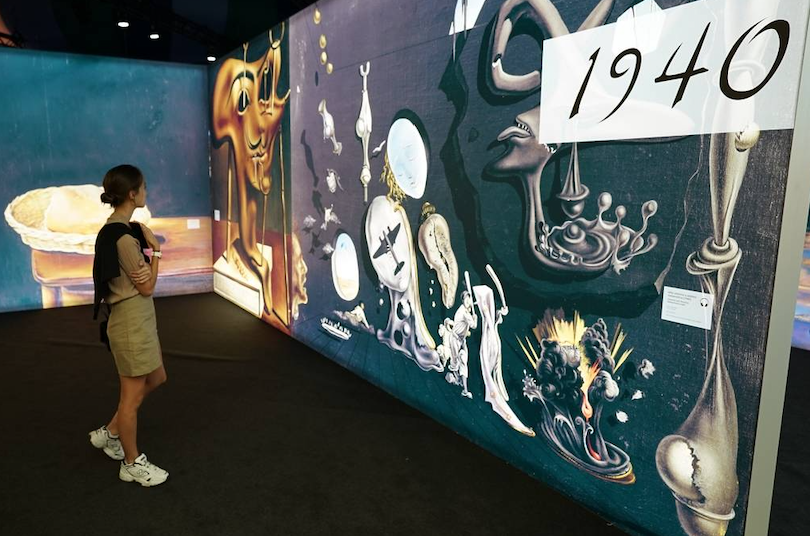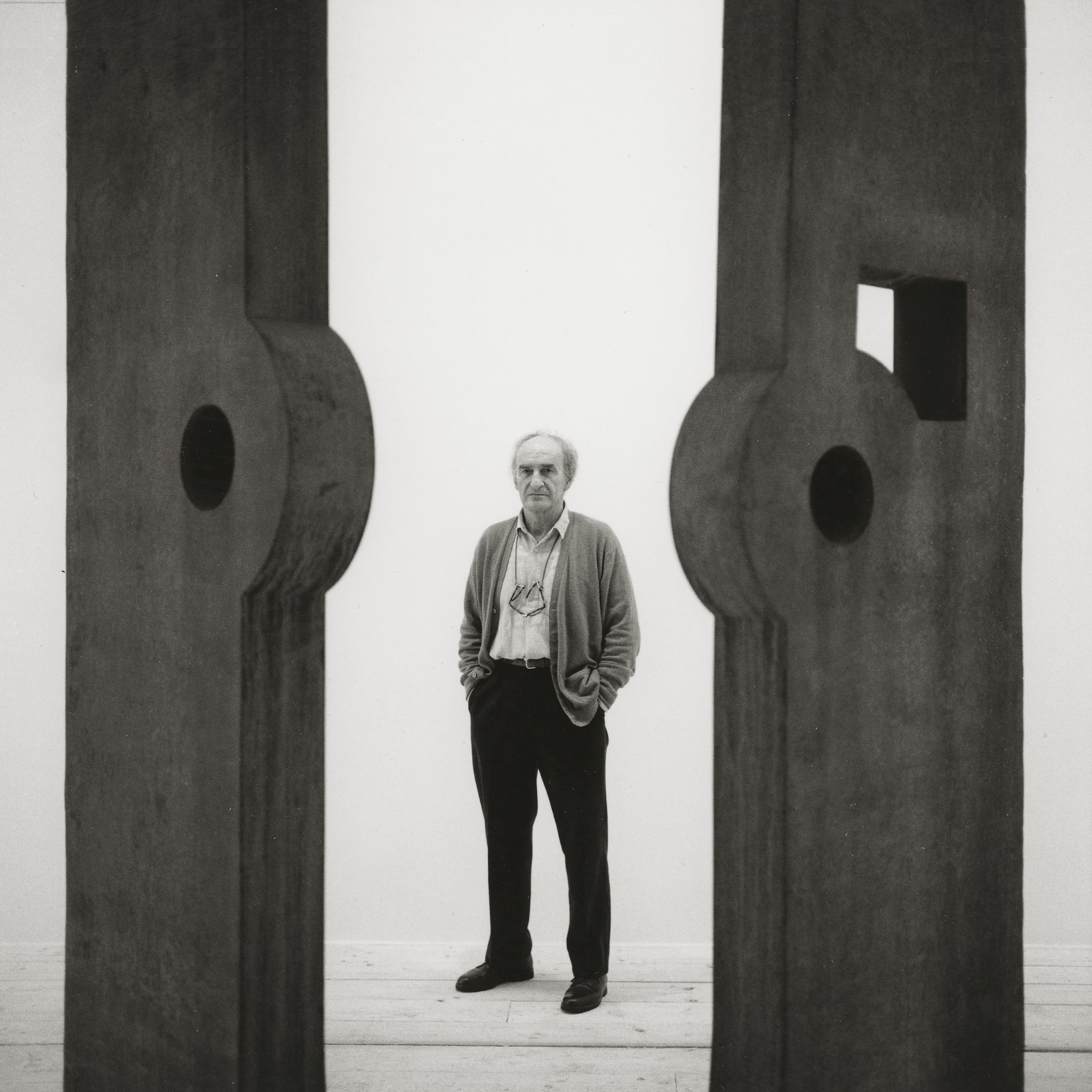Exhibitions
'Gaudi's invisible garden' at MNATEC
Built between 1903 and 1912, the modernist garden contains architectural elements similar to other Gaudí works such as the Sagrada Família, the Colònia Güell crypt, Casa Milà and Park Güell
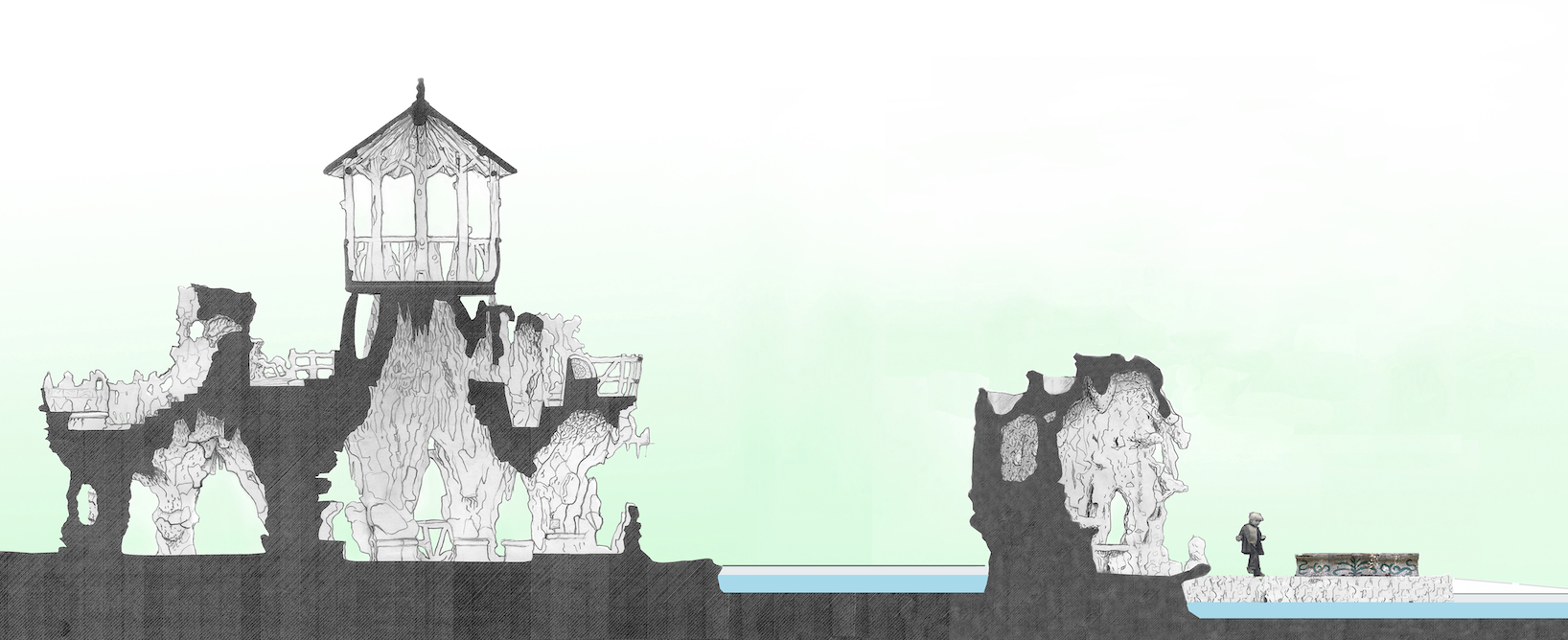
The National Museum of Science and Technology of Catalonia (MNACTEC) has opened the exhibition El jardí invisible de Gaudí, which makes known an unknown architectural ensemble of the Catalan architect Antoni Gaudí (Reus or Riudoms, 1852 - Barcelona, 1926 ) within the gardens of the old Sant Boi de Llobregat Asylum. The exhibition can be visited until December 1, 2024 at the Espai d'Arts del MNACTEC.
Built between 1903 and 1912, the modernist garden includes grottoes, lakes and banks with trencadís. It is configured by three architectural ensembles: the Cova-cascada (1906), a rock formation in the shape of a cave and mountain crowned by a canopy; the Chapel of the Virgin Mary (1911), a rock formation in the shape of a dragon that contained a sculpture of the Virgin Mary, and the Plaça dels Bancs (1912), demarcated around the perimeter by benches made of solid brick covered with broken rock and pebbles.
This garden has recently been attributed to the Catalan architect Antoni Gaudí, considered one of the greatest exponents of Modernism. The modernist ensemble contains architectural elements with formal characteristics and a symbolic content - linked to the text of the Apocalypse of Saint John - which link it to some of the most important works that Gaudí was building in that same period or that he would build immediately after: the ceilings of the naves of the Sagrada Família temple (1915-1921); the compositional structure of the plan of the crypt of Colonia Güell (1908-1915); formal aspects of Casa Milà (1906-1912), and the section and trencadissimos of the serpentine bank of Park Güell (1910-1914).
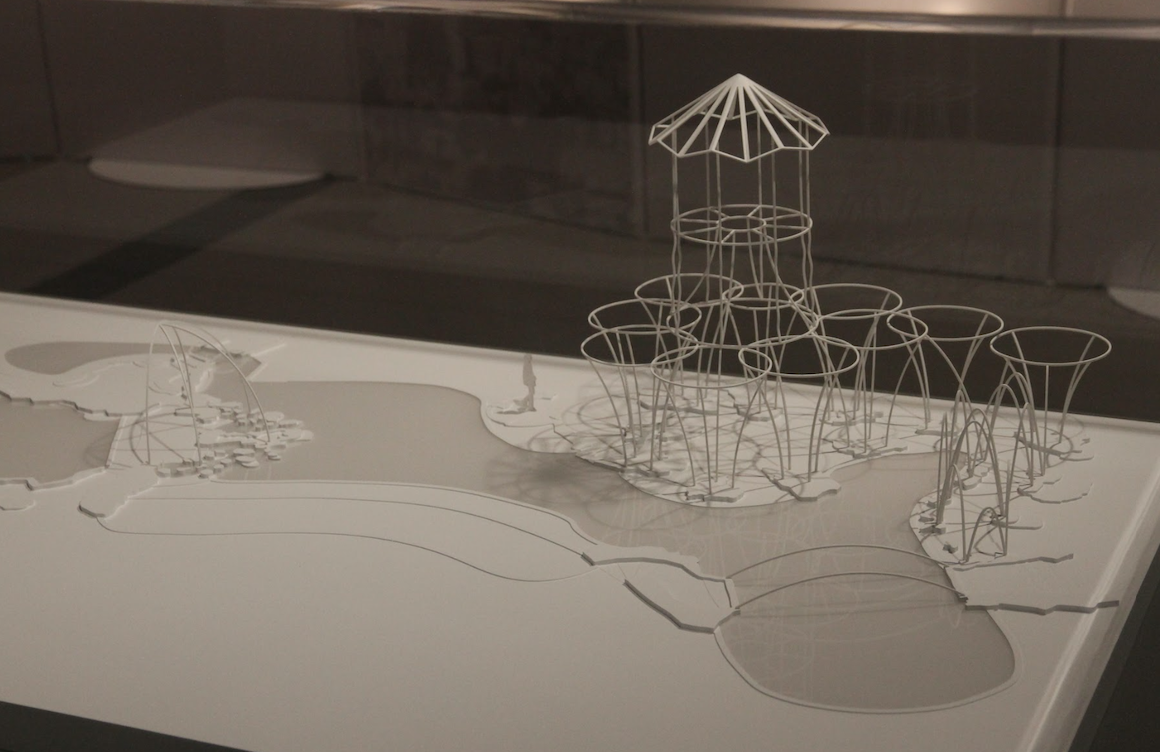 Maqueta del jardí modernista de l'antic manicomi de Sant Boi
Maqueta del jardí modernista de l'antic manicomi de Sant Boi
The invisible garden of Gaudí is an exhibition based on the research of the doctoral thesis Gaudí and the gardens of the old asylum of Sant Boi de Llobregat, by David Agulló Galilea, PhD architect, researcher and curator of the exhibition, which has been directed by Doctor architect Juan José Lahuerta.
The exhibition has included the transfer of objects from the Fundació Catalunya La Pedrera, the Fundació Junta Constructora del Temple Expiatori de la Sagrada Família, the Escola Técnica Superior d'Arquitectura del Vallès of the UPC and the Collection of Luis Gueilburt Talmazán.
Hygiene and Catholicism
The exhibition presents Gaudí's connection with Sant Boi de Llobregat, as well as the neighborly and interdependent relationships between the Güell Colony and the Sant Boi Asylum that led to the construction of the modernist garden.
The creation of the Sant Boi garden is part of the interest aroused in Europe by rock gardens and oriental-inspired natural grottoes from the first half of the 19th century. The modernist garden also follows the trend of the era of the rise of the cult of Our Lady of Lourdes and of the conception of grottoes as sacred spaces, within the discourse of religious reaffirmation that arose in Europe in response to the social and technological changes experienced during the 19th century.
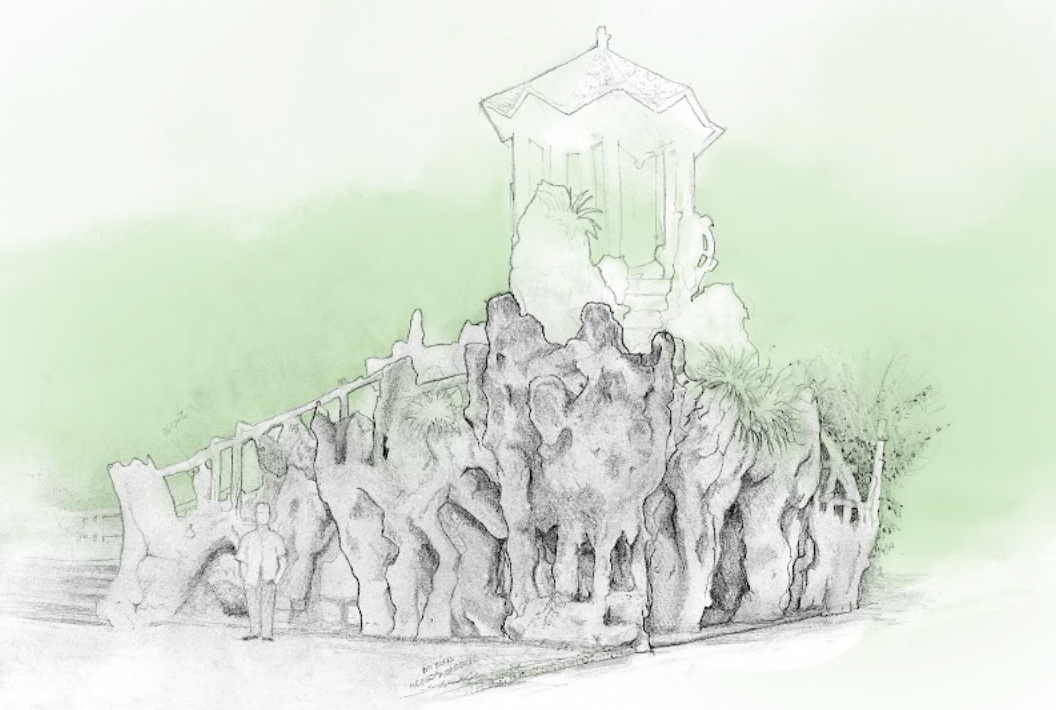 Dibuix de la cova cascada. Esteve Agulló Galilea
Dibuix de la cova cascada. Esteve Agulló Galilea
Structure and symbolism
Gaudí's invisible garden shows the formal similarities between the architectural elements that make up Sant Boi's garden and those of other contemporary or later works by Antoni Gaudí. It also presents the distinctive features of the modernist architect in this unknown work, such as the structural complexity, the representation of grottoes and the Montserrat mountain, and the influence of the architect Josep Maria Jujol.
In parallel, the rich symbolism surrounding this modernist garden is explored, which, like other works by Gaudí, is based on the text of the Apocalypse of Saint John. This text greatly influenced a part of Catholic society at the end of the 19th century and the beginning of the 20th century, which, faced with the arrival of modernity and the age of machinery, adopted a story in opposition to this new reality. The Beat of Girona's book, which is basically the illustrated Apocalypse, is also a symbolic reference to Sant Boi's garden.
The reasons for forgetting
The complex and turbulent social reality of the time, culminating in the Tragical Week, and the phenomenon of magazines satirizing Gaudí could have influenced the deliberate concealment of this modernist garden. Also, the later interpretation of Antoni Gaudí's work by the Noucentisme, based on constructive, structural and geometric parameters, was far removed from the symbolic load and the "imperfections" of the old psychiatric garden.
The intervention of patients, and probably children, in the construction of Sant Boi's garden could also have contributed to the fact that historiography has not given the value and relevance that this work deserved.



